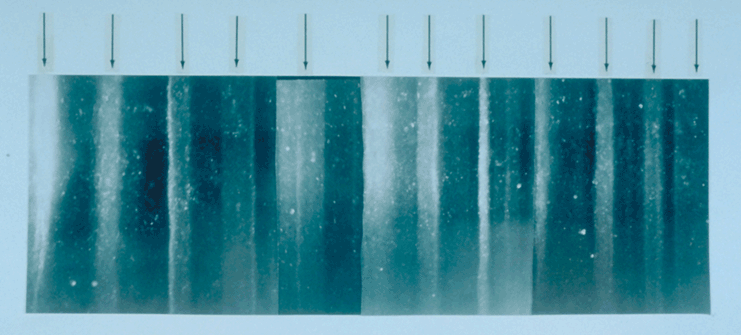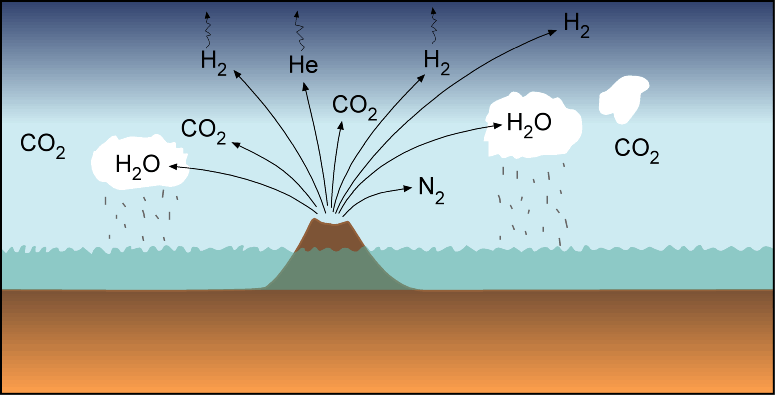
Rocks on the other hand can be made up of a single mineral but are generall made up of 2 or more minerals. Have a look at this granite (made up of 3 minerals).
What are some of the characteristics that assist with identifying minerals include cleavage. This refers to the way the crystals split. Some examples are below.

Another characteristic is lustre. This refers to how the mineral reflects light and its surface appearance. Some of the categories are below.
Metallic: very high reflectance, opaque
Sub-metallic: medium reflectance, opaque
Adamantine: very high reflectance, transparent
Glassy: high reflectance, transparent or translucent
Resinous: medium reflectance, translucent
Waxy: medium reflectance, translucent or opaque
Pearly: low reflectance, translucent or opaque
Dull: no reflectance, opaque
Mohs hardness scall is a useful classification tool. The items listed below are reference materials, If your material scratches the reference material, it is harder than that substance. If the reverse happens then you material is softer than the reference substance.

Colour is unreliable for mineral identification in some circumstances.
Density of specific gravity of a mineral is also a useful tool.









